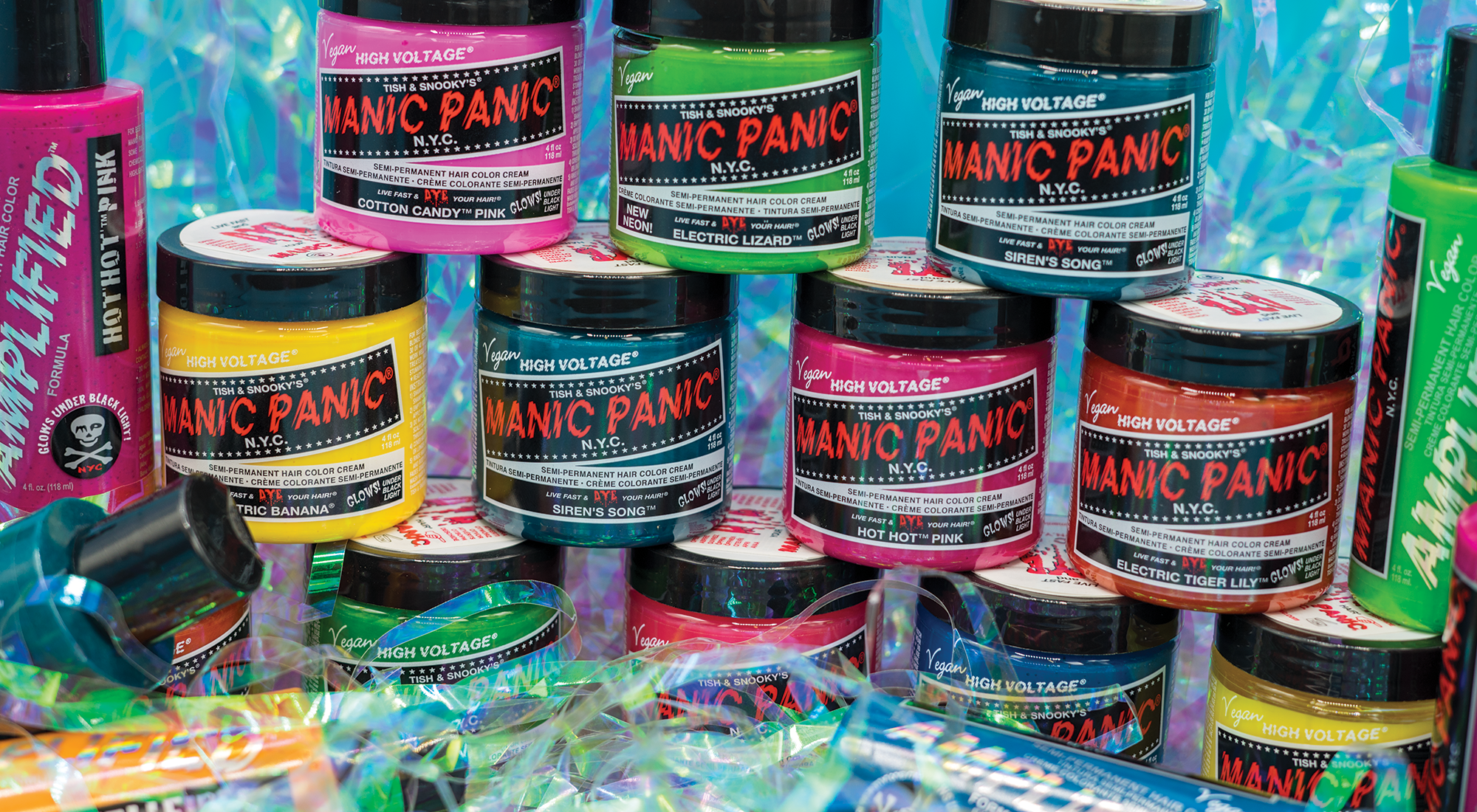Table of Content
No, you can opt to eat raw sprouted beans or prepare them as per the recipe. You will require to seal the chickpea sprouts in airtight fridge bags. Sprouted chickpeas are full of fiber, which improves digestive health. The fiber in the sprouts is mostly soluble, which helps in increasing the population of healthy bacteria in the gut. Having a balance in gut bio reduces the risk of overgrowth of unhealthy bacteria.
Spread them out as much as you can to let the air flowing and prevent mould developing. With VeganZyme, digesting your food is easier and gentler on your body. Chickpea sprouts can be frozen and stored for up to 3 months without any noticeable change in flavor.
Get my recipe ebook
It’s an estimate provided by an online calculator and is only intended for reference only. No, tinned chickpeas are already cooked which destroys the live enzymes in them, preventing them from being able to be sprouted. Chickpea sprouts can be used in a variety of ways. They make a delicious addition to any meal and can be enjoyed both raw and cooked. Then, you discard the water and rinse the chickpeas thoroughly with filtered water in a sieve or colander.
Start by soaking the chickpeas for 8-12 hours as per instructions above. First, add chickpeas to a saucepan along with water and boil them for 5 minutes. Optionally, add an acidic medium to soaking water to mimic soil’s acidity. Also to decrease the content of the raffinose family of sugars even further, add baking soda to the soak water (about 1/16 teaspoon per quart/litre). Chickpeas will sprout by the third day after the initial soaking; they are usually ready to harvest by the fourth to the sixth day.
Chickpea Sprouts Recipe
It is easy to filter your tap water at home with a water filter (UK Link/US Link). Lowers the glycemic index and load of the food, meaning they reduce the amount our blood sugar increases by after eating them . Don’t continue to sprout for longer than the 4 days as the sprouts will turn inedible over time. Chickpeas are a staple in many cuisines around the world, from making hummus in the Middle East to cooking Chana Masala in India. The most common chickpea that you find in most stores worldwide is beige in color and round in shape, but there are even some with black, green or red colors.

Today’s post I have explained in detail how to sprout chickpeas at home. In fact you could sprout anything you want like gram, beans, dals etc. Use sprouts for making salads, vegetables, gravies, dosas and idlis. However today we will only learn how to sprout chickpeas at home.
What Are Chickpea Sprouts?
In winter, it might take up to one or two additional days. Great post relaying clearly the benefits without a lot of mumbo jumbo. One article I came across though related to autoimmune or other gut issues was the recommendation to only used cooked sprouted beans to be on the safe side. I suffer with HIT and MCAS and was wondering if you also recommend only using cooked sprouted beans for those of us with sensitive health issues.

Let the chickpea sprouts air dry for a bit, then refrigerate them for up to a week. Next, place the chickpeas in a glass bowl and soak in filtered water for 8-12 hours . The amount of water depends on the volume of the chickpeas. Make sure there is enough water as chickpeas expand to over double their size. Some sources recommend putting the bowl into fridge when soaking longer than 6 hours, but I have always ignored that unless it’s very hot inside. Clean the sprouting jar thoroughly with cold filtered water and distilled vinegar then dry and it’s ready for you to start sprouting your next batch.
A scientific study on the effect of consuming chickpeas daily showed an improvement in bowel function and overall healthy digestion. Sprouted chickpeas contain simple sugars and other readily available nutrients, unlike the dry seeds which have complex carbohydrates. The germination process also leads to the breakdown of proteins into amino acids, which are much easier for the digestive system to absorb.

They can trigger gas, and may inhibit the absorption of certain minerals, including iron, zinc, and calcium. This article was co-authored by wikiHow Staff. Our trained team of editors and researchers validate articles for accuracy and comprehensiveness. This article has been viewed 169,323 times.
Finally, drain the soaking liquid, and then rinse them with clean water. Now, cook them or continue with sprouting process . Will kill most of the bacteria and fungi cultures, thus reducing the risk of foodborne diseases. Avoid Cracked Or Roasted Seeds - Cracked chickpeas might be exposed to harmful conditions that would prevent germination from starting. Any form of exposure to high heat such as cooking, roasting, or tasting will also damage the seeds preventing them from growing into sprouts.

The setup process is easy and only relies on items that are available within the kitchen, except for the chickpeas which you will have to buy. Overview -The tasty chickpea sprouts, need high quality beans to sprout. We've chosen Todd's 16oz of seeds for their non-gmo quality and high sprouting success rate. Add the chickpeas to a large saucepan and cover with filtered water. Every 1/2 cup/90 grams of unsprouted chickpeas produces approximately 2 cups/240 grams of sprouted chickpeas.
Do this in batches of 1 or 2 tablespoons at a time. Sift the mixture into a bowl to separate the fine flour from the hard bits of chickpeas that did not process. You can roast your chickpeas lightly and cool them completely before grinding them to yield gram flour or besan, but for many recipes that step is unnecessary. They make an excellent protein-rich snack, both raw and cooked. When the sprouts have grown into desired length, store them in sealed container in fridge for later use.
She is the author of several books about nutrition and health, and has been writing for magazines and online sites for nearly two decades. Jenny Hoy is an author, chef, and holistic nutritionist, with more than two decades of experience in the fields of food and healing.

No comments:
Post a Comment